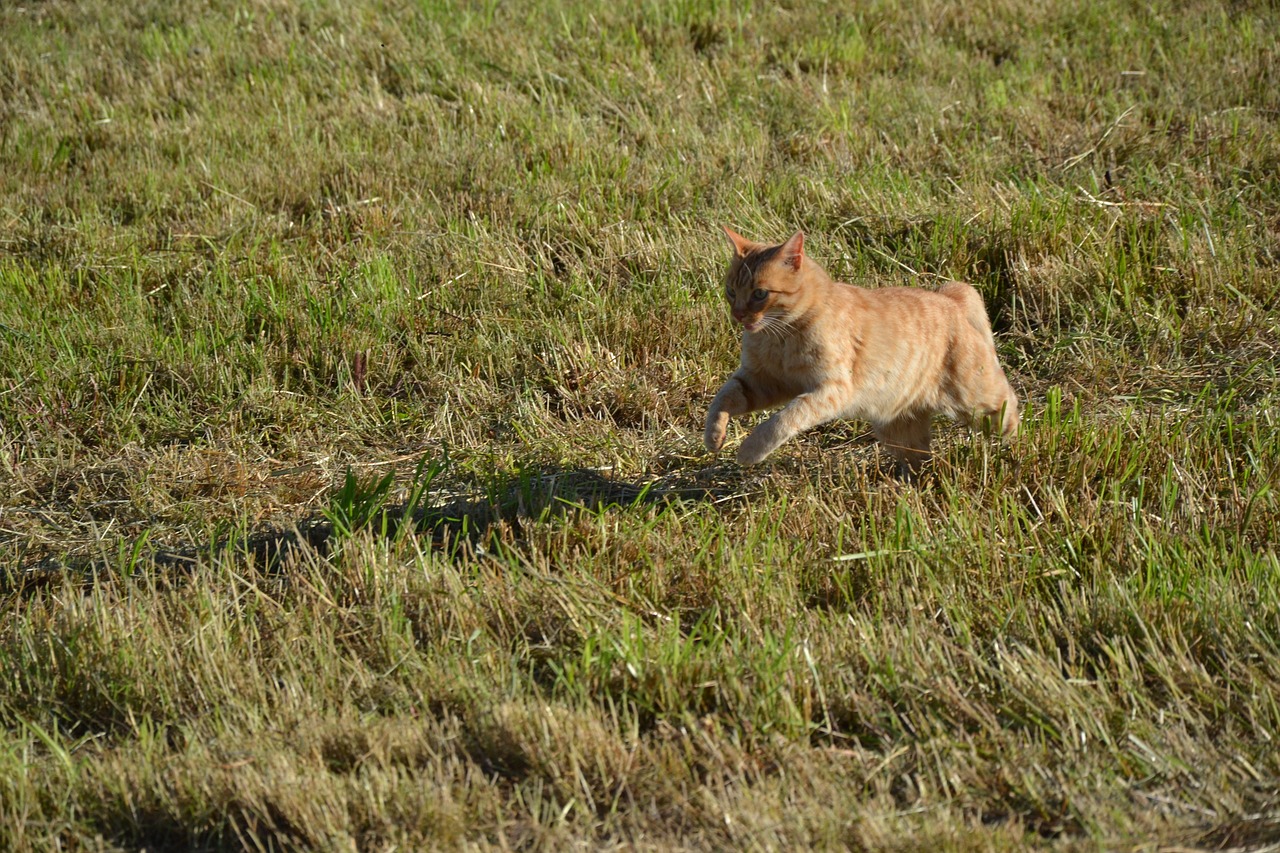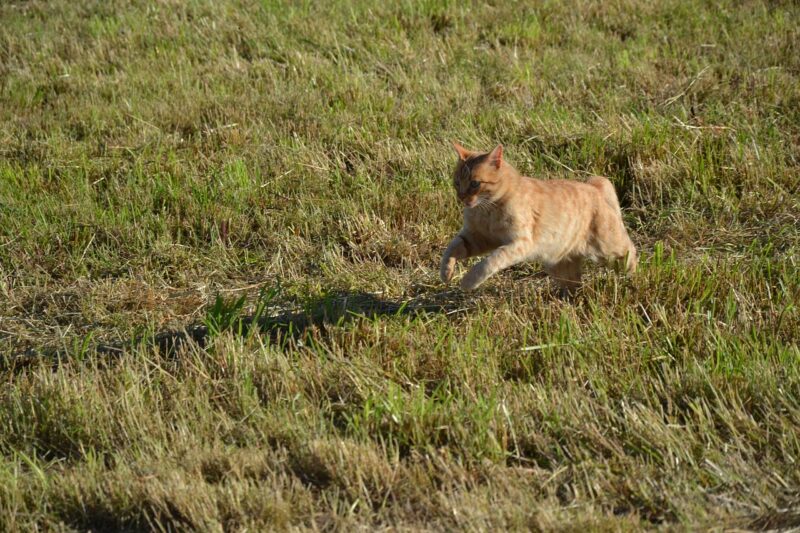Some cats spend more time napping than running, while others love to run around the house and play all day long. Whether your cat is the laidback type or has more energy than the rest of the household put together, cats are impressive athletes.
As well as being able to jump impressively high, cats can run up to 30 miles per hour! Let’s find out more!

Why Are Cats Able to Run Fast?
Cats are born hunters. Even though domestic cats get all their needs met by their owners, they still retain their wild instincts. This includes the ability to run after their prey.
One of the reasons that cats sleep so much is to conserve their energy in case they need to sprint after their prey. Of course, house cats don’t have to catch their food anymore, but the sleep-sprint pattern is still hardwired into their psyche.
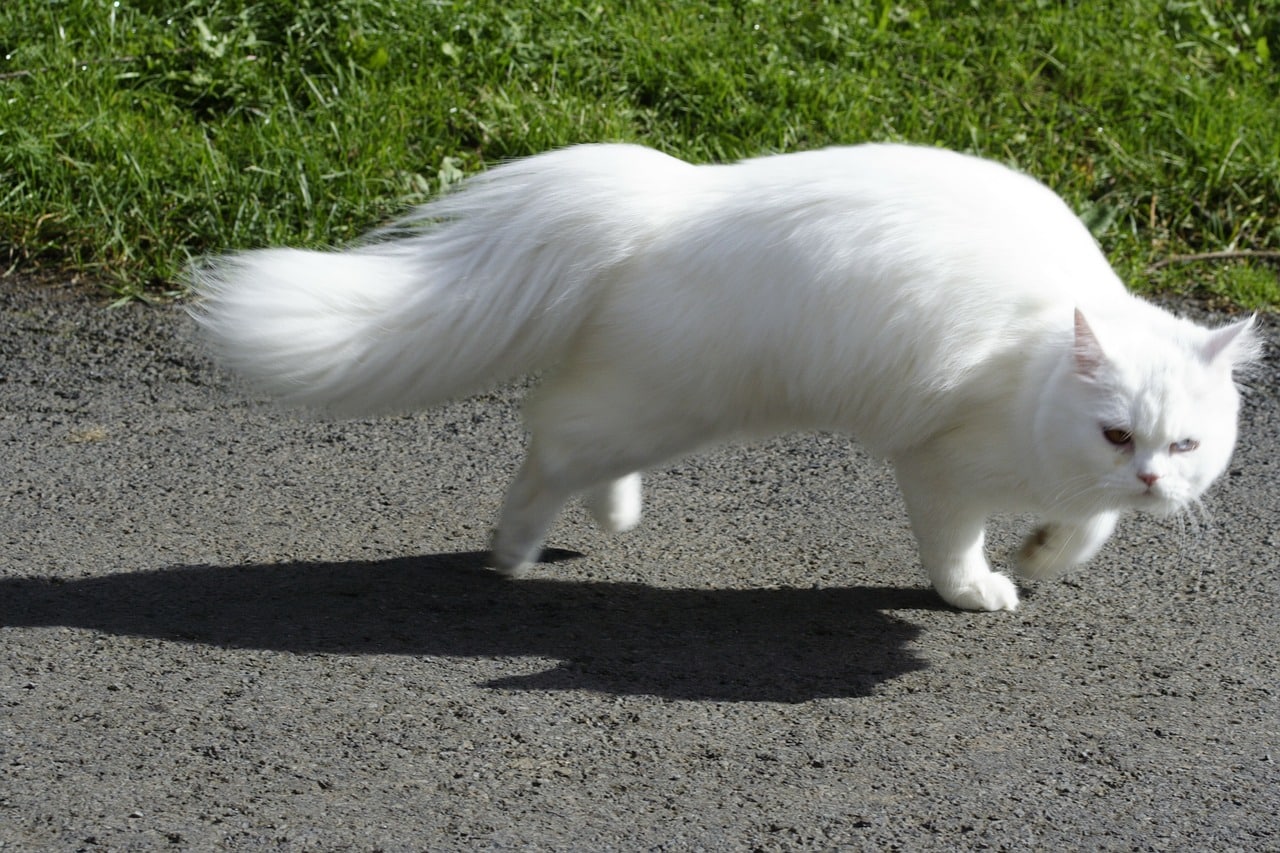
What’s the Record Speed for a House Cat?
There might not be a world record in this category, but the fastest domestic cats can reach up to 30 miles per hour, which is close to the speed held by the world-record-holding sprinter, Usain Bolt. That’s pretty fast!
Cats can only sustain this speed over short distances. They’re made for sprinting, not endurance. House cats usually run for 50–100 meters before slowing down and stopping.
The back legs of felines are incredibly powerful and act as a spring to push them forward. You might notice that as your cat runs full speed, both their back legs hit the ground simultaneously. This maximizes the force they can use to push off for the next stride.
Cat’s spinal columns can also compress as they prepare to take their next stride. This has a spring-like action to help increase their running speed even more. Check out this video of a house cat running, and you’ll see how the combination of powerful hind legs and flexible spine helps them reach impressively high speeds.
The anatomy of a cat’s legs has even been used as the inspiration behind the design of biped robots meant for running.
What’s the Average Speed for a House Cat?
The average speed for most house cats is around 20 miles per hour. Even cats famous as slower and less active breeds can reach this speed if they really have to. The speed of an individual cat will be determined by their breed, fitness, health, motivation, and age.
Fastest Cat Breeds
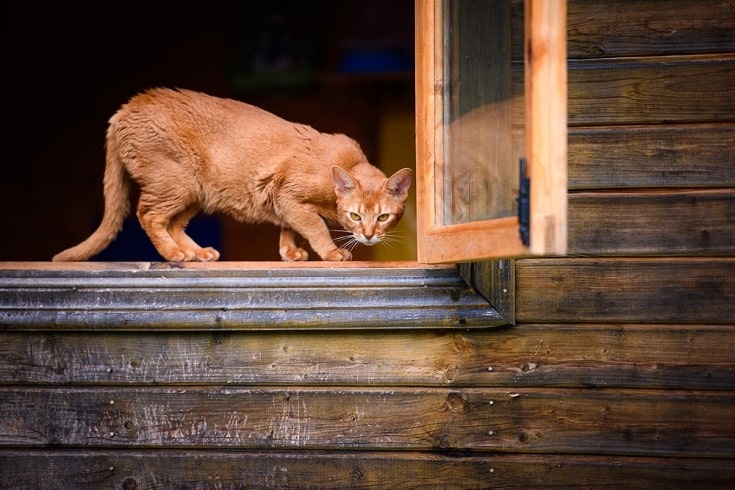
If you’re interested in owning a speedy cat, these are the breeds to consider. It’s no surprise that they are all lithe, athletic, and prone to be muscular.
Owning one of these cats is likely to keep you busy since they love playing, interacting with their families, running, and, of course, having their every need met by you!
Slowest Cat Breeds
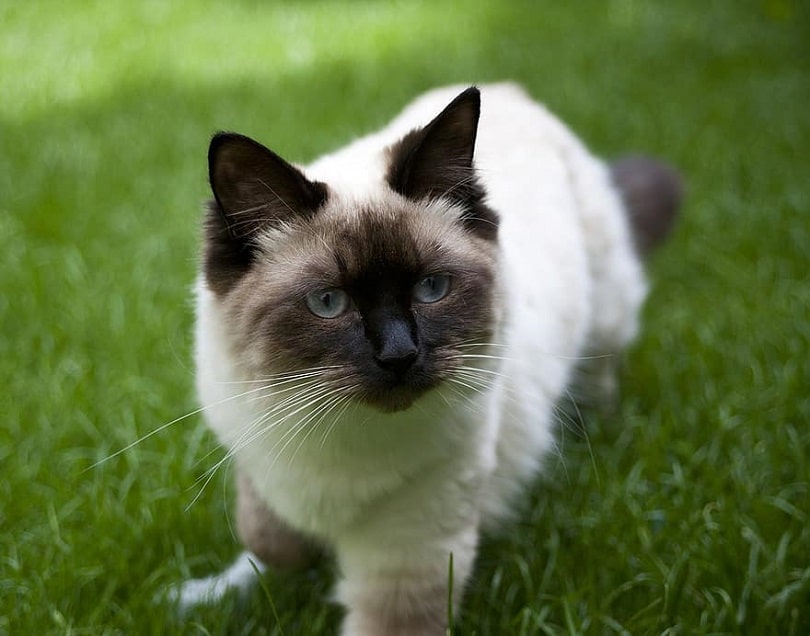
At the other end of the scale, we have the slower breeds. They would rather spend their day curled up in the sun than chasing their favorite toy up and down the hallway.
Some of these slower cat breeds have flat or brachycephalic faces. This can compromise their airways, and it’s harder for them to get air into their lungs. As a result, they’re far less likely to want to run fast.
Wrapping it up
Even the slowest house cats can reach impressive speeds of up to 20 miles per hour! Some cats would rather not spend their days going that fast, but if they have to, they’re more than capable.
Other cats that are active and spend most of the day playing can easily top out at around 30 miles per hour. Given that’s the same speed as the world record for a human sprinter, that’s quite impressive.
It’s all due to a cat’s incredibly powerful back legs and flexible spines. So, the next time your house cat is curled up next to you, take a moment to appreciate the incredible anatomy that allows them to run so fast.
Featured Image Credit: Pixabay

